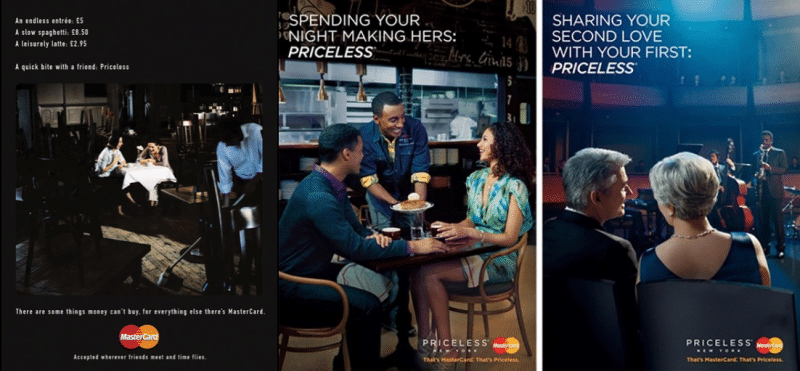
In 1985 Visa teamed with BBDO to launch their Visa. It’s Everywhere You Want To Be campaign.
If you’re not familiar with it, this ad exemplifies the campaign rather well:
Note that not only did the campaign create great positioning for VISA, but it slammed American Express (and other competitors by extension) in a textbook case of effective comparative advertising.
And unfortunately for MasterCard, American Express was also running great ads — Ogilvy’s legendary Do You Know Me? campaign.
The only one not advertising was MasterCard. So by the time the mid-90s rolled around, they were hurting.
Banks experienced significantly less demand for Mastercard because Visa had created a perception of being more widely accepted by businesses, restaurants, hotels, etc.
Now MasterCard needed some darn good advertising of their own.
And in 1997 they got it with McCann-Erickson’s Priceless Campaign. Here’s the ad they launched with:
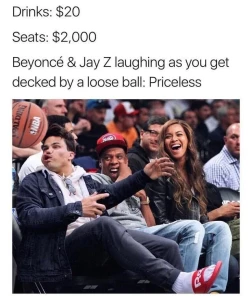 The ad and the campaign went viral and became a meme well before the term meme ever entered popular consciousness.
The ad and the campaign went viral and became a meme well before the term meme ever entered popular consciousness.
“Almost immediately after the first spot ran… people started creating their own priceless posters and e-mails and films. It was a meme before there were memes.”
– Joyce King Thomas, Chief Creative Officer at McCann,
on working on the Priceless Campaign in 1997
You know you’ve hit it big with the cultural zeitgeist when your campaign gets spoofed on both Saturday Night Live and The Simpsons.
Yet as important as driving fame and becoming a part of popular culture are to branding effectiveness, those factors are not what made this campaign truly great.
And they’re certainly not what gave the campaign enough legs to still be running 25 years later.
What made it great was its encapsulation of an essential consumer insight into a universal plot structure anyone could recognize and copy.
The Consumer Insight
Here’s the insight:
- Putatively, credit cards were seen negatively, often in terms of irresponsible shoppers buying stuff they couldn’t afford and didn’t need, only to wind up trapped in debt.
- Popular financial advisors often promoted the notion of “cutting up one’s credit cards” and responsible budgeting.
- But in researching consumers, what came out was a strong Third-Person Effect: individuals saw credit cards as incredibly useful — it’s was only other people that abused them.
- And contrary to the mainstream narrative, families who used credit cards to stretch their budget didn’t use them for status objects or silly luxuries. Instead, they purchased items for the good of their family or relationships. The purchases were a vehicle for quality time spent together.
In sum, credit cards weren’t the devil’s tool. To the contrary they were a valuable method for affording experiences that brought you closer to the people you love.
That insight right there — that’s the magic behind the campaign.
The Plot Structure
And what brought the magic to life was the structure.
The plot structure behind every Priceless ad is known as Repetition-Break Plot Structure.
At least, that’s what researchers call it.
It’s essentially the structure behind most every joke you’ve ever heard:
- A pattern is established through repetition,
- Then that pattern is broken to create surprise, humor, delight, interest, etc.
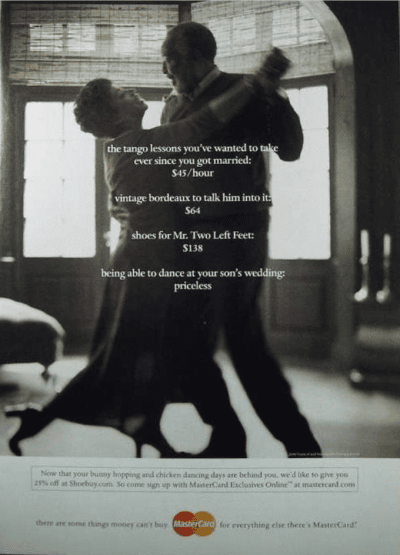
But it’s not just jokes that employ this “rule of three.” Quite a few fairy tales and children’s stories use it too, as the structure allows them to use “mirror characters” to show what could have happened to main character.
In the case of MasterCard’s Priceless campaign, the repetition always consists of a “grocery list” of everyday purchases made to facilitate an experience with a loved one.
And for every item the price is expressly stated, with visuals showing the purchases made through the use of a MasterCard.
Then the pattern gets broken with the statement of an experience that’s personally priceless to the character in the ad.
All summed up in a denouement moment of “There are some things money can’t buy… For everything else, there’s MasterCard.”
The whole concept and template is just brilliantly simple and can be made to work in practically any media or context.
So while storytelling is persuasively powerful in general, this particular plot pattern is especially effective.
And that’s just not my opinion, it’s exactly what the research shows:
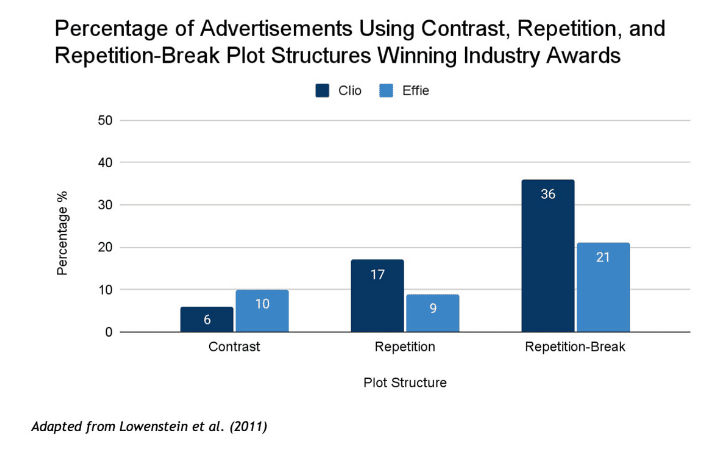
Repetition-Break ads are more creatively awarded — by a large margin!
And, in case you’re not aware, yes, creatively awarded ads create better ROI:
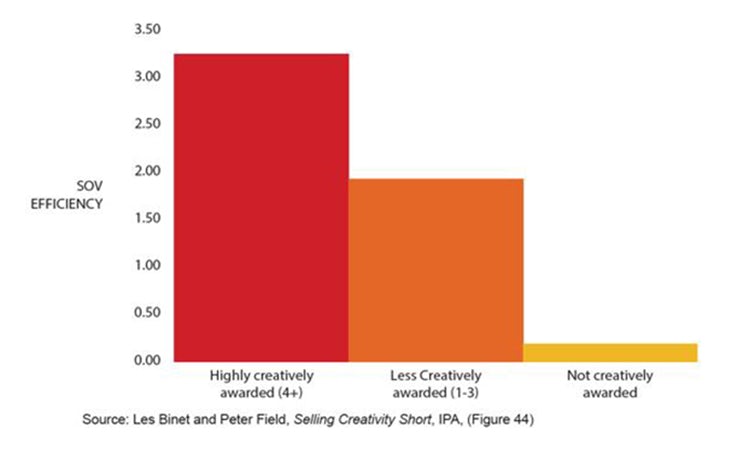
What’s In Your Wallet Ad Campaign?
Whether you’re launching a new campaign into a blue ocean, or you’re responding to a competitor’s campaign, the simple truth is you need effective long-term branding to grow your sales, market share, and profitability.
Without it, you’ll be like the MasterCard of the mid-90s, rather than the MasterCard of today.
But not all branding campaigns are created equal. If you want maximum impact, you’ll want a campaign that’s:
- Based on insight into your business and the consumer
- Drives Fame and gets repeated by the general public
- Makes use of story-telling psychology and structure
If you’re interested in launching such a campaign, reach out and let’s create some truly priceless branding for your business.
- Getting a Foot in the Door — Of Perception - November 27, 2025
- What Digital Superstars Know About Offline Advertising - November 17, 2025
- Unmistakable: A Tale of Two Boots and Branding Done Right - November 8, 2025
